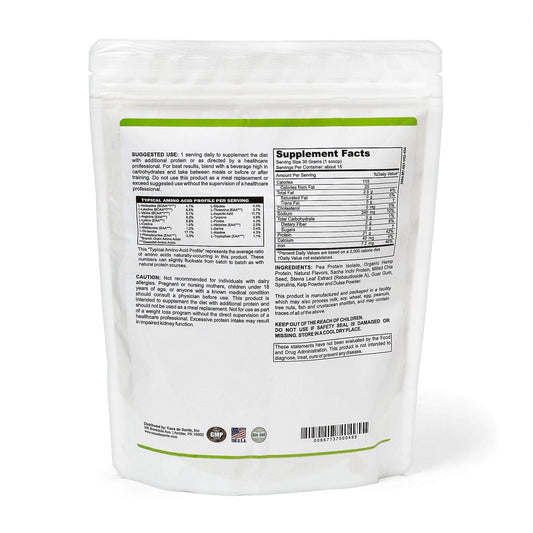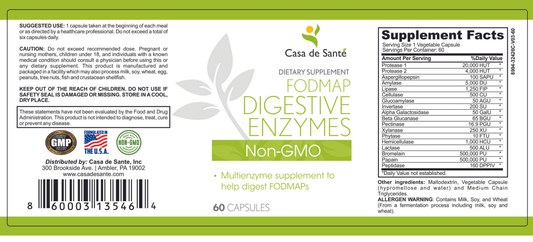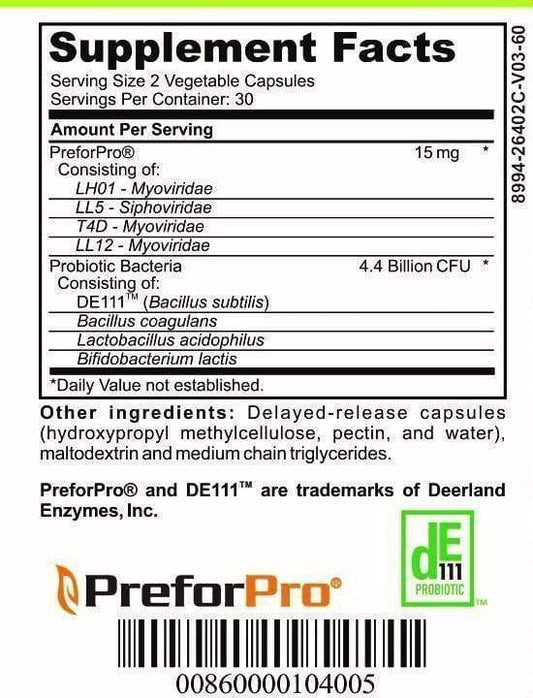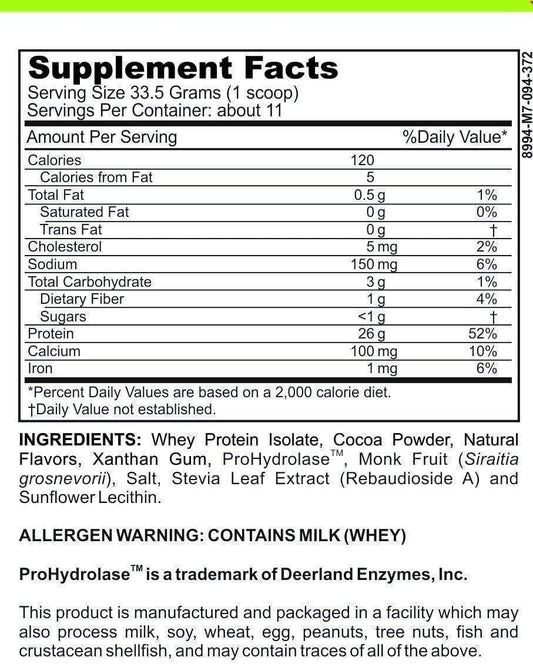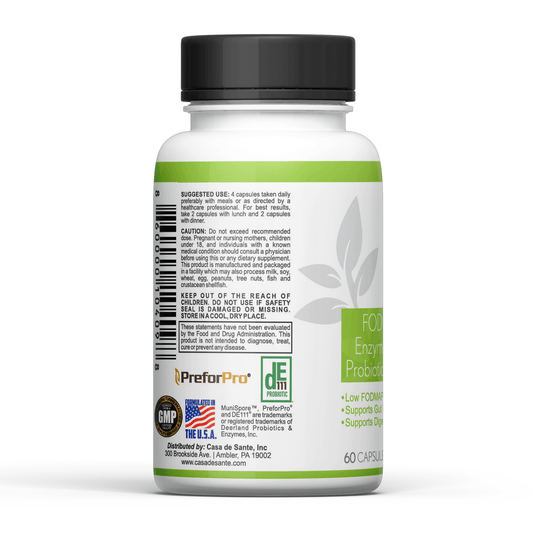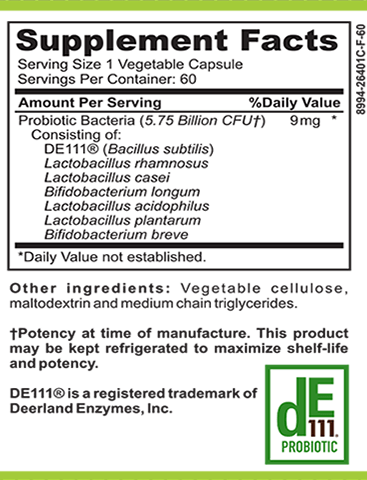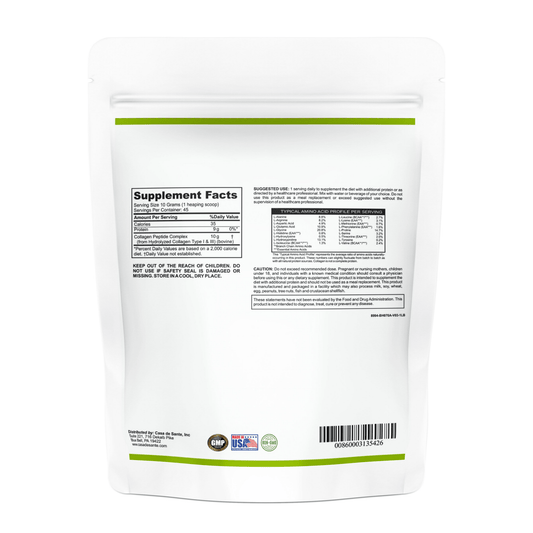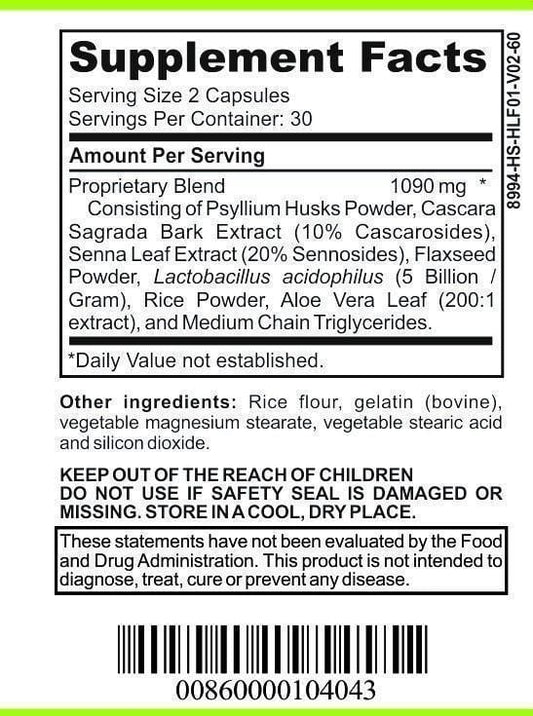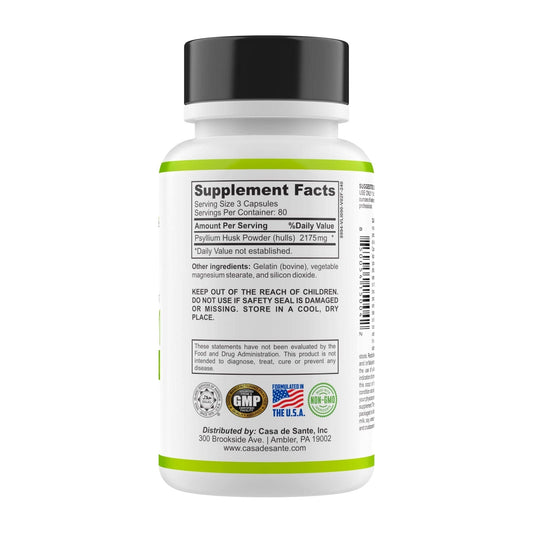What Is Alpha-Galactosidase Enzyme: Functions, Benefits, and Uses
What Is Alpha-Galactosidase Enzyme: Functions, Benefits, and Uses
Alpha-galactosidase is an enzyme that's been quietly revolutionizing digestive health for millions of people worldwide. Whether you've encountered it as an ingredient in supplements like Beano or you're learning about it for the first time, this remarkable enzyme plays a crucial role in breaking down certain complex carbohydrates that the human body struggles to digest naturally. From reducing embarrassing gas and bloating to potentially offering broader health benefits, alpha-galactosidase has earned its place in both medicine cabinets and scientific research.
In this comprehensive guide, we'll explore what alpha-galactosidase is, how it functions within the body, its numerous benefits, and the various ways it's being used today. Whether you're dealing with digestive discomfort or simply curious about enzymes and their role in human health, this article will provide you with a thorough understanding of this important biological catalyst.
What Is Alpha-Galactosidase?
Alpha-galactosidase is a hydrolase enzyme that catalyzes the removal of terminal alpha-galactose residues from glycoproteins, glycolipids, and various oligosaccharides. In simpler terms, it's a specialized protein that helps break down certain complex sugars that humans typically can't digest on their own. These sugars, known as oligosaccharides, are found in many plant-based foods, particularly legumes (beans, lentils), cruciferous vegetables (broccoli, cabbage), and whole grains.
The enzyme belongs to the glycoside hydrolase family and is produced naturally in some organisms but is notably absent or insufficient in the human digestive system. This deficiency is why many people experience gas, bloating, and discomfort after consuming foods rich in these complex carbohydrates—the undigested sugars ferment in the large intestine as gut bacteria feed on them, producing gas as a byproduct.
Types of Alpha-Galactosidase
There are several forms of alpha-galactosidase, each with specific characteristics and applications. Alpha-galactosidase A is perhaps the most well-known, as deficiencies in this enzyme lead to Fabry disease, a rare genetic disorder. This form of the enzyme is responsible for breaking down a fatty substance called globotriaosylceramide (Gb3) in the body's cells.
Another important variant is alpha-galactosidase derived from fungi, particularly Aspergillus niger. This is the type commonly found in dietary supplements designed to aid digestion. Unlike the human enzyme, fungal alpha-galactosidase is particularly effective at breaking down the raffinose family of oligosaccharides (RFOs) found in many plant foods.
Molecular Structure and Function
At the molecular level, alpha-galactosidase is a complex protein with a specific three-dimensional structure that allows it to bind to its target sugars. The enzyme works by cleaving the alpha-1,6-galactosidic bonds in these complex carbohydrates, effectively breaking them down into simpler sugars that can be more easily absorbed by the body.
This hydrolysis reaction is highly specific—alpha-galactosidase only works on certain types of bonds and sugars, which is why it's so effective for targeting the problematic oligosaccharides in beans and other gas-producing foods without interfering with other digestive processes.
How Alpha-Galactosidase Works in the Body
When consumed as a supplement before meals containing oligosaccharides, alpha-galactosidase begins working in the digestive tract almost immediately. The enzyme travels through the stomach and into the small intestine, where it encounters complex sugars like raffinose, stachyose, and verbascose from food.
As these food particles move through the digestive system, the enzyme breaks down the complex sugars into simpler components like galactose, sucrose, and glucose—sugars that the body can easily absorb. This prevents these undigested carbohydrates from reaching the large intestine where they would normally be fermented by bacteria, producing gas and causing discomfort.
The Digestive Process
Human digestion is a complex cascade of enzymatic reactions, each designed to break down specific components of food. While we naturally produce enzymes like amylase (for starches), protease (for proteins), and lipase (for fats), we lack sufficient enzymes to break down certain plant oligosaccharides. This is where supplemental alpha-galactosidase comes in, filling this specific gap in our digestive capabilities.
The enzyme works optimally in the slightly acidic environment of the upper small intestine, where most carbohydrate digestion takes place. By breaking down complex sugars at this stage, alpha-galactosidase prevents them from becoming food for gut bacteria later in the digestive process, thereby reducing gas production.
Alpha-Galactosidase and Gut Bacteria
Our gut microbiome—the vast community of bacteria living in our intestines—plays a crucial role in digestion and overall health. When undigested oligosaccharides reach the large intestine, certain bacteria feed on these sugars through fermentation, producing gases like hydrogen, methane, and carbon dioxide as byproducts. While this bacterial fermentation is a normal process, excessive gas production can lead to bloating, flatulence, and abdominal discomfort.
By breaking down these complex sugars before they reach the large intestine, alpha-galactosidase reduces the amount of fermentable carbohydrates available to gas-producing bacteria. This doesn't negatively impact the gut microbiome; rather, it simply reduces the excessive gas production that causes discomfort for many people.
Health Benefits of Alpha-Galactosidase
The primary benefit of alpha-galactosidase is its ability to reduce digestive discomfort associated with consuming oligosaccharide-rich foods. However, research suggests this enzyme may offer additional health benefits beyond just preventing gas and bloating.
Digestive Comfort and Reduced Gas
The most immediate and well-documented benefit of alpha-galactosidase is its ability to reduce gas, bloating, and abdominal discomfort after consuming foods like beans, lentils, and certain vegetables. Clinical studies have shown that taking alpha-galactosidase supplements before meals can significantly reduce the incidence and severity of gas and related symptoms in healthy individuals.
This benefit is particularly valuable for people who want to include more plant-based foods in their diet but have been limited by digestive discomfort. By making these nutritious foods more tolerable, alpha-galactosidase can help people maintain healthier eating patterns without sacrificing comfort.
Improved Nutrient Absorption
By breaking down complex carbohydrates more efficiently, alpha-galactosidase may indirectly improve the absorption of other nutrients present in the same foods. When digestion is compromised by gas, bloating, and rapid transit time (as can happen when undigested sugars draw water into the intestine), the body has less opportunity to extract all available nutrients from food.
Additionally, some research suggests that by reducing bacterial fermentation of certain carbohydrates, alpha-galactosidase might help prevent the production of compounds that can interfere with mineral absorption, potentially improving the bioavailability of nutrients like calcium, iron, and zinc from plant foods.
Potential Benefits for IBS Sufferers
For individuals with Irritable Bowel Syndrome (IBS), particularly those whose symptoms are triggered by fermentable carbohydrates, alpha-galactosidase supplements may offer significant relief. Some studies suggest that the enzyme can help reduce symptoms in IBS patients who experience bloating and gas after consuming foods high in galacto-oligosaccharides (GOS), which are among the FODMAP carbohydrates often restricted in IBS management.
While not a cure for IBS, alpha-galactosidase may allow some sufferers to enjoy a wider variety of foods with less discomfort, potentially improving quality of life and nutritional status. However, individuals with IBS should consult with healthcare providers before adding any enzyme supplements to their regimen.
Common Uses and Applications
Alpha-galactosidase has found its way into various applications, from over-the-counter digestive supplements to specialized medical treatments and food processing.
Dietary Supplements
The most common commercial application of alpha-galactosidase is in digestive enzyme supplements. Products like Beano contain fungal alpha-galactosidase and are designed to be taken just before consuming meals that contain gas-producing oligosaccharides. These supplements are widely available over-the-counter and have become a staple for many people who enjoy beans, lentils, and vegetables but want to avoid the associated digestive discomfort.
Most dietary alpha-galactosidase supplements come in tablet, capsule, or liquid form, with dosages typically based on the amount of food to be consumed. They're generally considered safe for most adults when used as directed, though people with galactosemia (an inability to metabolize galactose) should avoid these products.
Medical Applications
Beyond digestive supplements, alpha-galactosidase has important medical applications. A recombinant form of human alpha-galactosidase A, known as agalsidase beta (Fabrazyme) or agalsidase alfa (Replagal), is used as enzyme replacement therapy for patients with Fabry disease. This genetic disorder is characterized by insufficient activity of alpha-galactosidase A, leading to the harmful accumulation of certain lipids in the body's cells and tissues.
These medical treatments involve regular intravenous infusions of the enzyme to replace what the patient's body cannot produce naturally. While distinct from the digestive applications of fungal alpha-galactosidase, these treatments highlight the critical role this enzyme family plays in human health.
Food Industry Applications
Alpha-galactosidase is also utilized in the food industry to improve the digestibility of certain products and reduce their potential to cause gas. For example, some manufacturers add the enzyme during the processing of soy products, bean flours, and other legume-based foods to pre-digest the oligosaccharides before consumption.
Additionally, the enzyme is sometimes used in the production of sugar from sugar beets and in the modification of food gums and thickeners. These applications not only improve the digestive tolerance of these foods but can also enhance certain functional properties important in food processing.
Conclusion
Alpha-galactosidase represents a fascinating intersection of biochemistry, nutrition, and medicine. From its fundamental role in breaking down complex carbohydrates to its applications in treating genetic disorders, this enzyme demonstrates how understanding and working with our body's natural processes can lead to significant improvements in health and quality of life.
For many people, alpha-galactosidase supplements offer a simple solution to the age-old problem of digestive discomfort after eating beans and other plant foods rich in oligosaccharides. By filling a specific gap in human digestive capabilities, these enzyme supplements allow us to enjoy nutritious foods that might otherwise cause discomfort.
As research continues to explore the relationships between enzymes, digestion, and overall health, we may discover even more benefits and applications for alpha-galactosidase. In the meantime, this remarkable enzyme continues to quietly improve digestion and comfort for countless people around the world, one bean-filled meal at a time.


